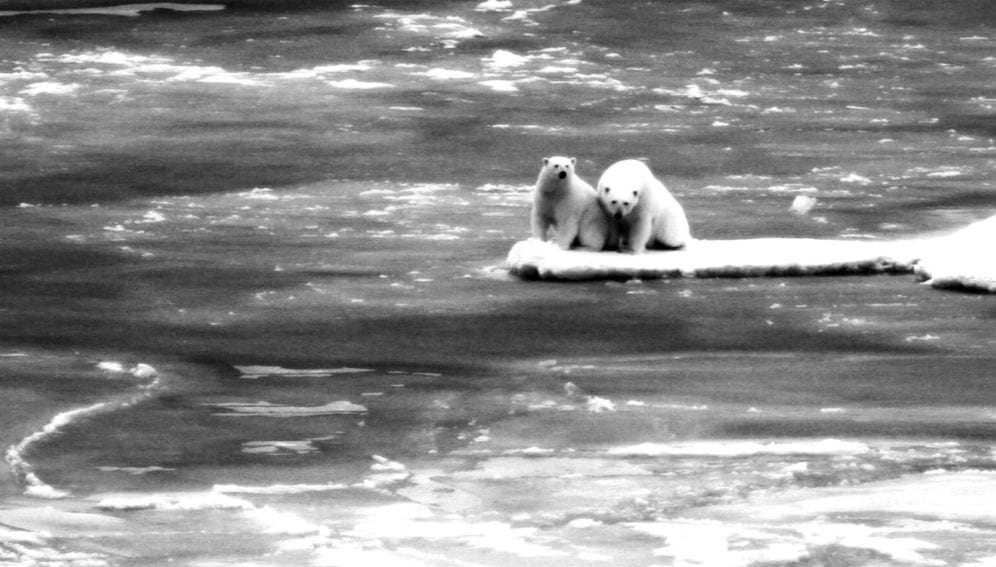Send to a friend
The details you provide on this page will not be used to send unsolicited email, and will not be sold to a 3rd party. See privacy policy.
Skyscraper tops protruding from the waves in submerged cities, homes shattered by extreme weather and polar bears stranded on floating islands of ice have become familiar media images of the climate change debate. But the effects of such images on how people understand the complexity of climate change remain poorly documented.
Communicating the impacts of climate change was the focus of discussion at the ‘We need to talk’ symposium in Copenhagen, Denmark, earlier this month (7 April). The event brought together an array of communication professionals, from marketing and the art world to architects, scientists and journalists. Their task: to come up with a new communications framework to make climate change easier for more people to understand.
One speaker was Anders Ladekarl, the secretary-general of the Danish Red Cross, who has worked with the organisation on relief and reconstruction efforts around the world. He remains optimistic about our ability to respond to climate change, but feels that doomsday scenarios and imagery have to give way to a new narrative.














